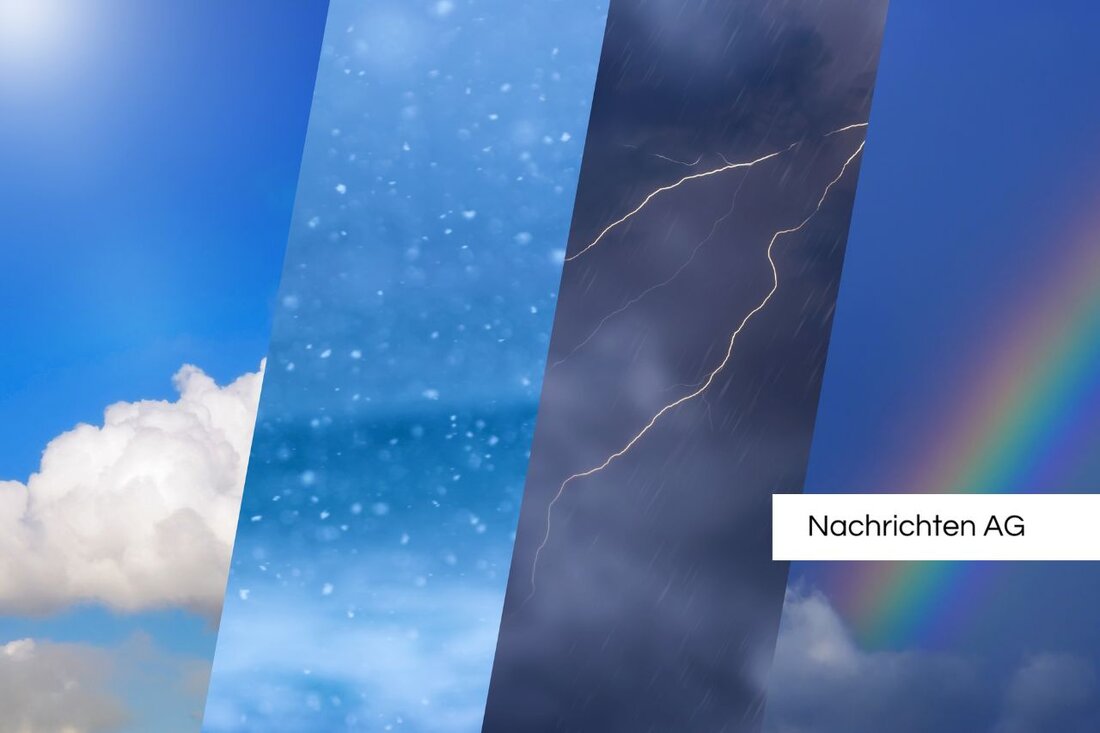Floods in sight: storm surge warning for the Baltic Sea coast!
High water levels and storm surge warnings on the Baltic Sea coast of Mecklenburg-Western Pomerania on October 30, 2025. Current information and tips on safety.

Floods in sight: storm surge warning for the Baltic Sea coast!
On October 30, 2025, a worrying picture emerges on the Baltic Sea coast: Across the entire region, meteorologists and water management authorities are warning of rising water levels and possible storm surges. The areas from the Bay of Kiel in Schleswig-Holstein to the small lagoon in Mecklenburg-Western Pomerania are particularly affected. According to that NDR Water levels are expected to rise on Friday evening, so residents and holidaymakers should be particularly vigilant.
Stralsund is expected to be more affected than in Wismar, with up to one meter above the mean water level. In Koserow on Usedom the level could even rise by 1.15 meters. Strong winds are blowing in the region, significantly increasing the risk of a storm surge. However, meteorologist Stefan Kreibohm estimates that the storm surge will have less dramatic consequences than in the past.
Current water levels and historical data
A look at the current water levels at the measuring stations in the Baltic Sea shows that they are well above the mean low water level. In Warnemünde, for example, the average flood level is 617 cm, while the highest water level ever measured was 770 cm on November 13, 1872. This comes from a report by Baltic Sea newspaper out. The different classification of the storm surge ranges from 1.00 to over 2.00 meters above the mean water level.
The last few stormy days have already caused damage amounting to 56 million euros, with the city of Sassnitz reporting a financial need of around 42 million euros to restore the infrastructure. Around six million euros were also spent on the necessary nourishment to compensate for sand losses on the beaches and dunes.
Preparations and warning systems
The flood control centers are well prepared for the challenges ahead. Warnings come via various channels: be it through radio, television or modern warning apps - the population stays informed. Operators advise people to be careful and pay close attention to specific warning instructions.
In addition, the wintry weather at the beginning of the week caused snow and slippery conditions in Mecklenburg-Western Pomerania, which led to numerous traffic accidents. Rail delays were recorded in Neubrandenburg and the storm continues in many parts of the region.
While the floods and storm surges are putting pressure on the Baltic Sea coast, the focus remains on the weather conditions, which could still bring us a few surprises. The next few days will be crucial to check the effects on people and nature.

 Suche
Suche
 Mein Konto
Mein Konto